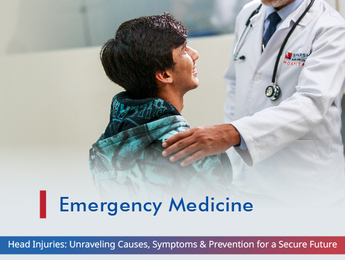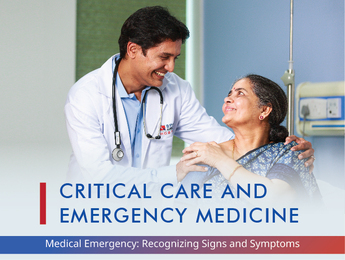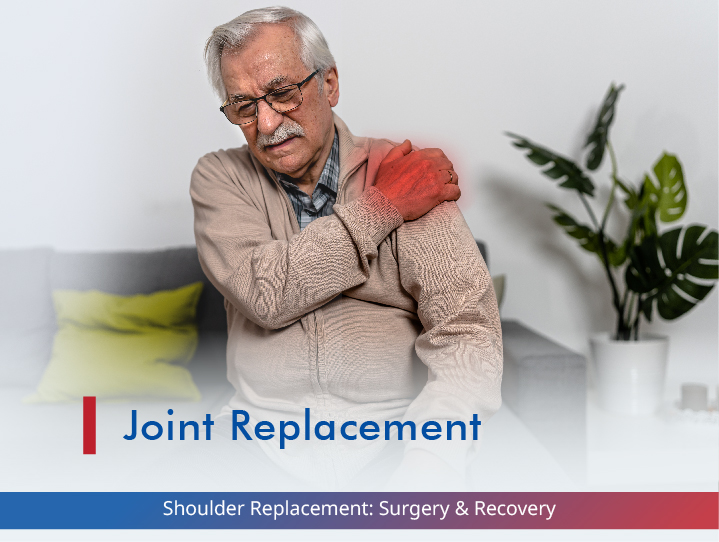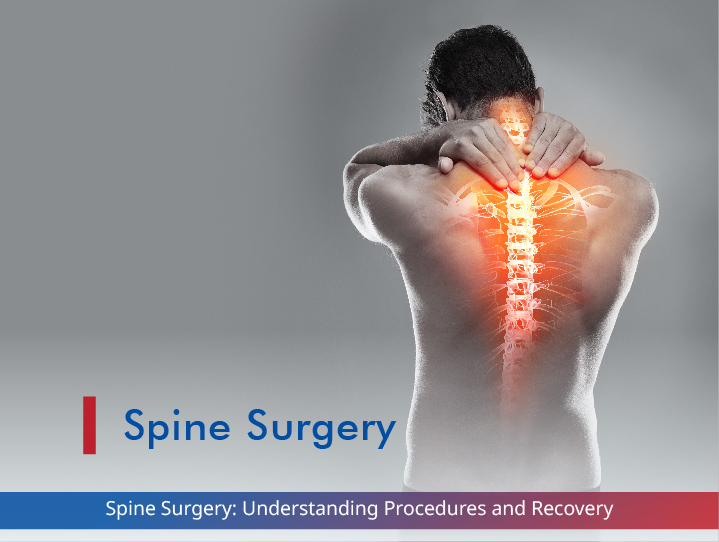Introduction to Head Injuries
Head injuries have become a major health concern. It can affect anyone. These injuries can range from mild concussions to severe brain injuries, with the potential to cause long-lasting physical, cognitive, and emotional consequences.
Understanding the common causes of head injuries is essential as it can help develop effective prevention strategies, ensuring prompt and appropriate medical care.
Common Causes of Head Injuries
Head injuries can happen in any situation. Some of the most common causes include:
- Motor Vehicle Accidents: Collisions between cars, motorcycles, bicycles, and pedestrians can result in severe head injuries, often due to the sudden impact and rapid deceleration.
- Falls: Slips, trips, and falls are common among young children and older adults and can be a leading cause of head injuries. These incidents can occur at home, in the workplace, or during fun activities.
- Sports and Recreational Activities: Participation in contact sports, such as football, hockey, and boxing, as well as high-risk recreational activities like skiing, snowboarding, and rock climbing, can increase the risk of head injuries.
- Workplace Incidents: Workplace accidents, such as falls from heights, struck-by incidents, or explosions, can lead to serious head injuries, particularly in industries like construction, manufacturing, and transportation.
- Violent Incidents: Assaults, physical altercations, and other acts of violence can result in traumatic head injuries, including skull fractures, brain contusions, and intracranial haemorrhages.
- Violent Shaking: Violent shaking, such as in shaken baby syndrome, can cause severe head injuries in infants, leading to brain damage and cerebral bleeding, necessitating immediate medical attention is crucial.
Understanding Traumatic Brain Injury (TBI)
Traumatic brain injury (TBI) happens when the brain is exposed to a sudden trauma, such as a blow, jolt, or penetrating injury. The intensity of TBIs can vary from mild concussions to severe, life-threatening injuries. Symptoms of TBI depend on the intensity and can be mild headaches and dizziness, cognitive impairments and loss of consciousness. It is critical to seek immediate and appropriate medical attention for TBI management and to mitigate physical, cognitive, and emotional harm that can result.
Complications of Traumatic Brain Injury
Traumatic brain injuries can sometimes cause complications, including:
- Physical Impairments: TBIs can result in motor and sensory deficits, such as paralysis, weakness, and vision or hearing problems.
- Cognitive Difficulties: Individuals with TBI may experience challenges with memory, attention, problem-solving, and decision-making.
- Emotional and Behavioural Changes: TBIs can contribute to mood disorders, personality changes, and difficulty with emotional regulation.
- Blood Clots and Stroke: Individuals with TBI may have a higher risk of blood clots development or suffering a stroke.
- Sleep Difficulties: TBIs can result in insomnia, sleep apnea, and other disruptions to normal sleep patterns.
- Infections: If the skull or meninges (protective coverings of the brain) get breached during TBI, the risk of infection increases.
- Long-Term Consequences: Severe or repeated TBIs have been linked to an increased chance of neurodegenerative diseases, such as Alzheimer’s and Parkinson’s.
Recognising Symptoms of Brain Injuries
Recognising the symptoms of brain injuries is essential for seeking prompt medical attention and initiating appropriate treatment. Common symptoms of brain injuries include:
- Headache or feeling of pressure in the head
- Confusion, disorientation, or memory loss
- Dizziness
- Loss of balance or lack of coordination
- Nausea or vomiting
- Sensitivity to light or sound
- Difficulty concentrating or thinking clearly
- Mood changes, irritability, or emotional instability
Importance of Early Intervention and Treatment
Prompt medical attention and correct treatment are crucial for individuals who have sustained a head injury. Early medical intervention can help prevent the development of more severe complications, minimise long-term disabilities, and promote a better recovery. says Dr. Devendra Naik. Medical professionals, such as emergency responders, physicians, and rehabilitation specialists, play a vital role in managing head injuries, from the initial assessment to the implementation of comprehensive treatment plans.
Preventing Brain and Head Injuries – Safety Measures and Precautions
Preventing head injuries is a shared responsibility, and there are several measures that individuals, communities, and government can take to lower the risk of these incidents, such as:
- Promoting Helmet Use: Encouraging the use of properly fitted helmets for activities such as cycling, motorcycling, skiing, and other sports can significantly reduce the risk of head injuries.
- Improving Safety in the Workplace: Employers should prioritise workplace safety by providing appropriate personal protective equipment, implementing safety training, and addressing potential fall hazards.
- Enhancing Road Safety: Measures like speed limit enforcement, improved infrastructure for pedestrians and cyclists, and public education campaigns can help prevent motor vehicle-related head injuries.
- Addressing Fall Risks: Identifying and mitigating fall hazards in homes, public spaces, and long-term care facilities can protect vulnerable people, such as the elderly and young children.
- Fostering a Culture of Safety: Promoting safety awareness, providing education on injury prevention, and fostering a safety-conscious mindset can empower individuals to take proactive steps and protect themselves and their loved ones.
- Improving Equipment and Gear: Ensuring that participants use properly fitted, well-maintained, and high-quality protective equipment, such as helmets and mouth guards.
- Providing Appropriate Personal Protective Equipment (PPE): Ensuring employees have access to and are trained to use helmets, hard hats, and other protective gear.
- Ensuring the Use of Appropriate Child Restraints: Encouraging the proper use of age-appropriate car seats, booster seats, and seat belts to protect children in the event of a motor vehicle accident.
- Supervising Children During Play: Closely monitoring children’s activities, especially during outdoor play and sports, to intervene and prevent potentially dangerous situations that could lead to head injuries.
- Providing Education and Resources: Offering comprehensive education and resources to parents, caregivers, and communities on the prevention, recognition, and management of head injuries in children.













